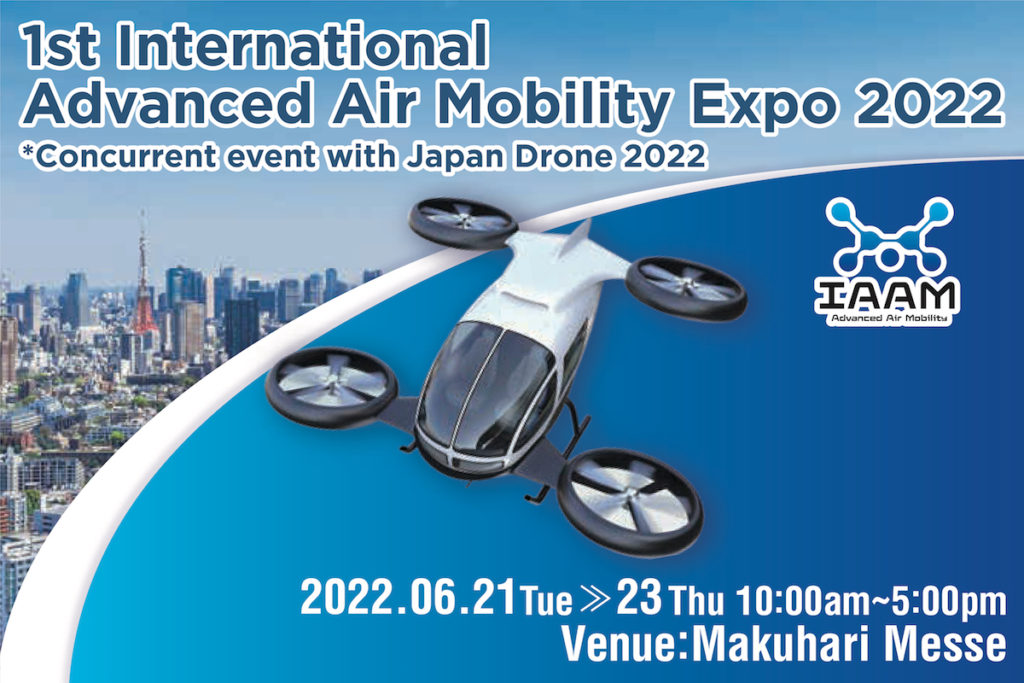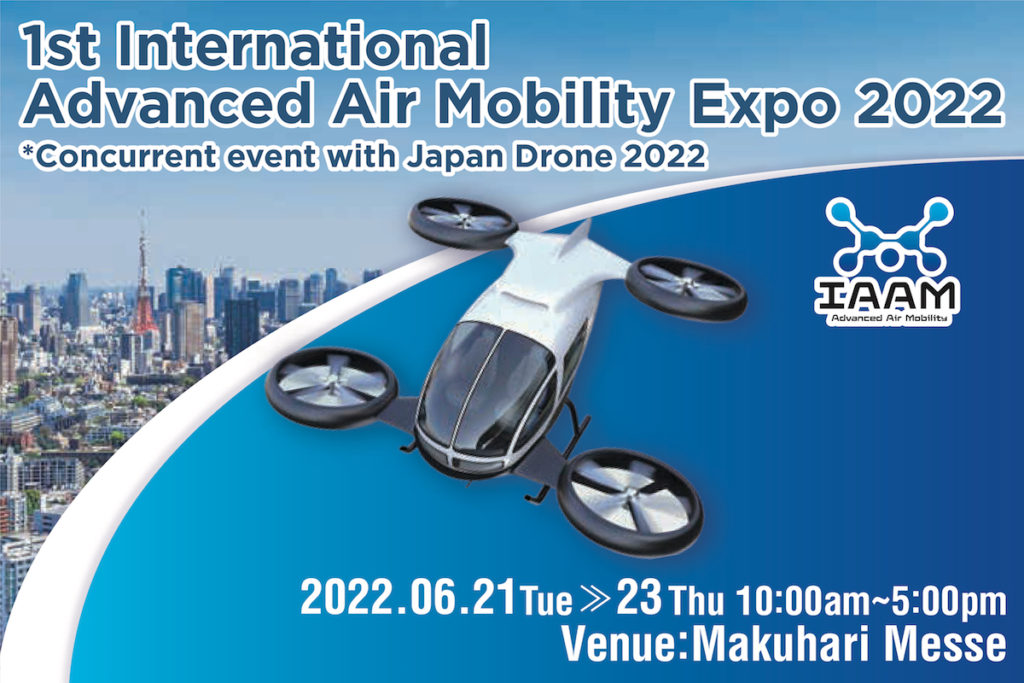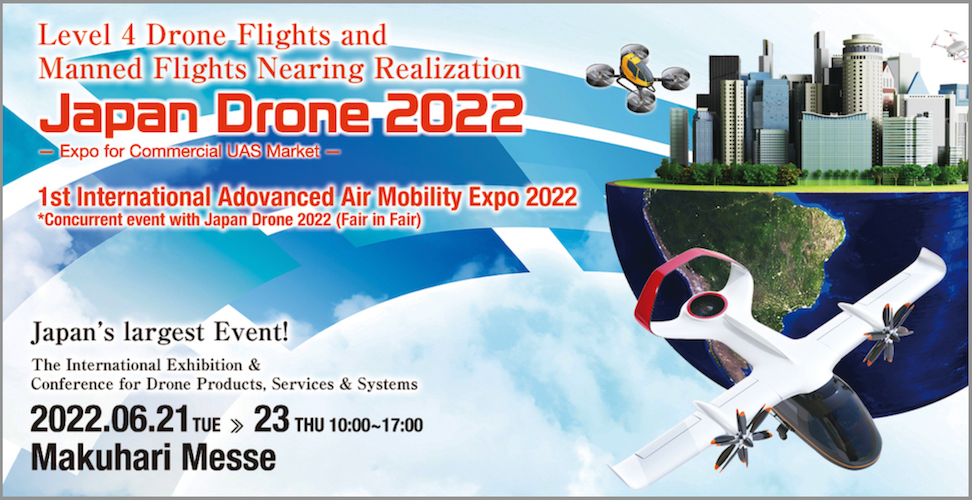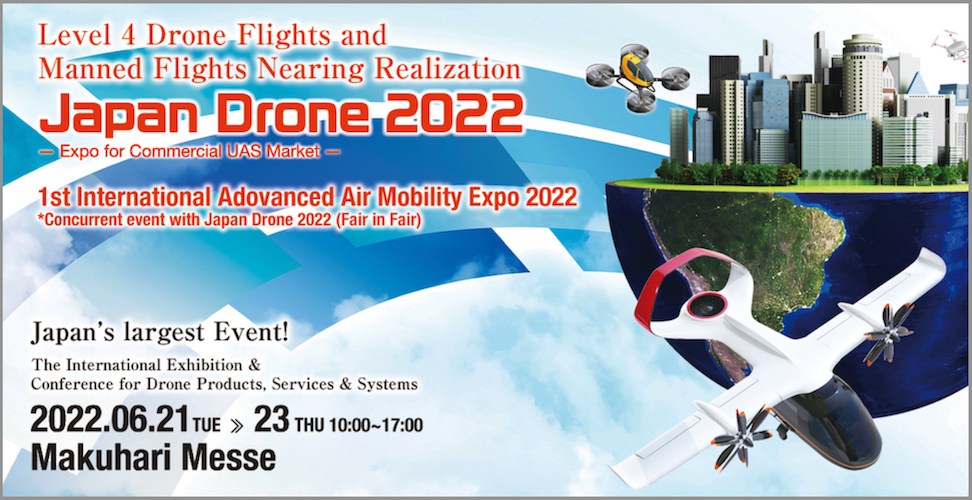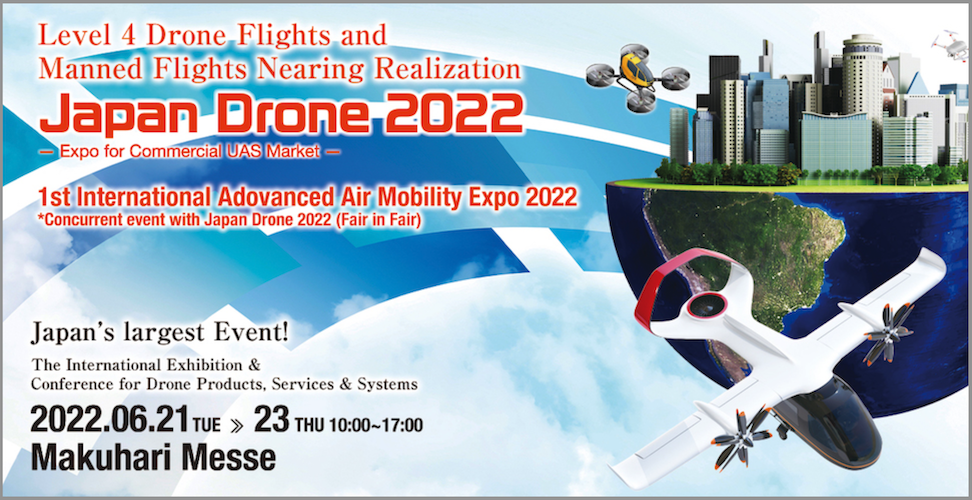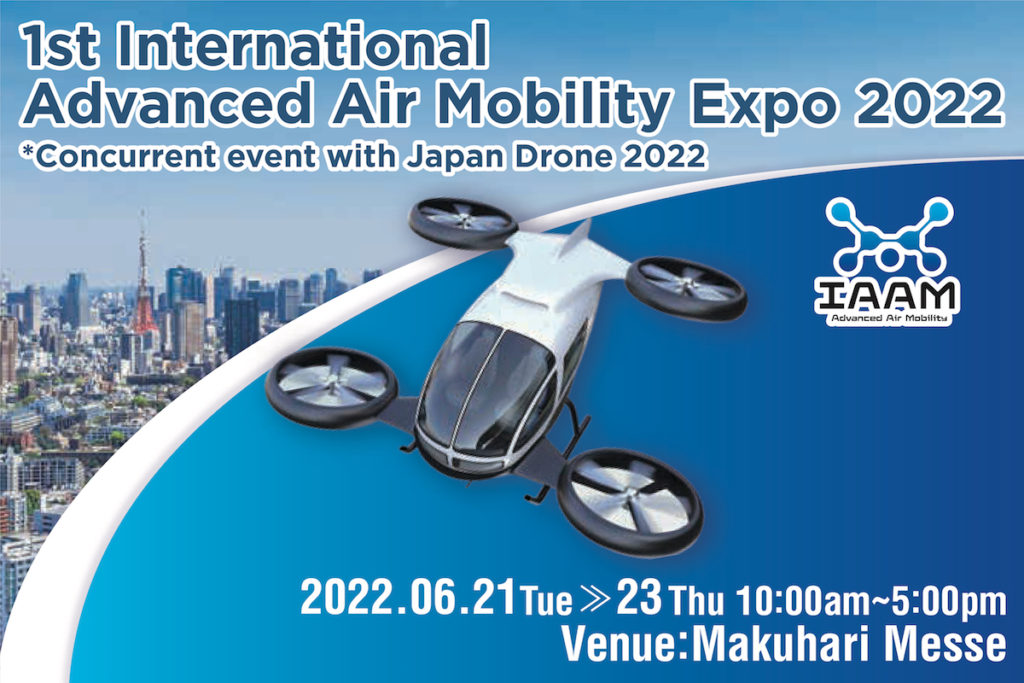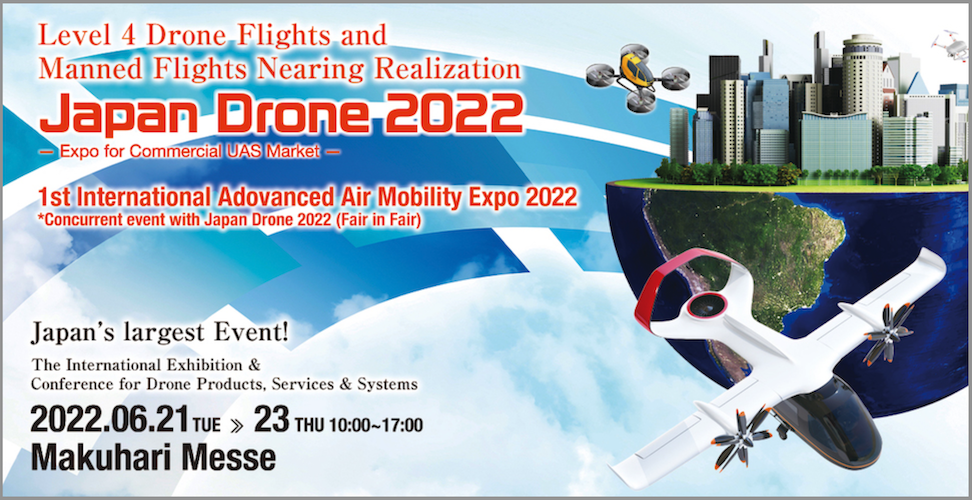Akihabara News (Tokyo) — With its location so close to Osaka Yumeshima’s candidate site for a major Integrated Resort (IR), there were always observers who were deeply skeptical about Wakayama’s chances to win one of the three available casino licenses, but a few years ago the project indeed had some momentum.
That prospect, of course, is now in tatters. After losing a vote in committee, the initiative’s fate was sealed by a 18 votes in favor, 22 votes against result in a plenary session of the Wakayama Prefectural Assembly. It was a sudden and ignominious end, which the project’s greatest cheerleader, Wakayama Governor Yoshinobu Nisaka, called “a bitter blow.”
Indeed, the assembly vote was not simply a rejection of a casino resort, but a repudiation of the central plank of the governor’s economic development strategy for the prefecture. His inability to carry the assembly was a major personal humiliation, and for that reason it was a surprising outcome.
Arguably the high water mark for Wakayama’s bid came in May 2019 when French actor Jean Reno was brought on a tour of the Marina City site by Groupe Lucien Barrière, which was designing a bid that would feature glamorous European-style casino resort. By that time, many of the other candidate cities had dropped out, and Wakayama’s chances were looking pretty good.
It was a combination of unavoidable circumstances and local policy missteps that led to this month’s debacle.
The Wakayama Prefectural Government cannot be blamed for national casino bribery scandal surrounding Tsukasa Akimoto, former senior vice-minister of the Cabinet Office and other politicians. No one in Wakayama was implicated in the scandal—even if it didn’t further darken Japanese public views of IR development.
Likewise, the global Covid pandemic had a devastating impact on Wakayama’s bid, and much of that blow would be received no matter how the local officials had responded.
But Governor Nisaka and his team did commit some major unforced errors.
A couple of months after Jean Reno’s tour of Marina City, the Macau-based Suncity Group, the biggest player in the morally dubious junket industry, signaled its interest in making a Wakayama bid. It was soon spending significant money wooing the local community with websites, lectures, sponsorship of the local basketball team, and an attractive showroom near Nankai Electric Railway Company’s Wakayama Daigaku-mae Station.
But within the Asian casino industry, Suncity’s suspected links with organized crime and its other dubious associations were well known. Australian regulators had openly condemned the junket operator as a criminal enterprise.
The officials in Wakayama Prefecture could have known—and should have known—that Suncity would not pass muster in probity investigations, and they should have made clear right from the outset that Suncity was absolutely not welcome in Wakayama.
Such a stance would have had the additional benefit of demonstrating that the prefectural government was serious about regulation and the protection of the public interest. Instead, the Nisaka administration just looked money hungry and ready to compromise its morals for the sake of a major foreign investment.
When Suncity was belatedly forced to drop out of the process in May 2021, it was only after the Wakayama selection committee had rated the Suncity bid as the strongest, and the prefecture was preparing to declare the Macau firm as the winner. We don’t know exactly who acted behind the scenes to put the kibosh on that plan, but it was more likely the national government than Nisaka’s administration that finally pulled the plug on Suncity.
Another unforced error involved Wakayama’s response to the global Covid pandemic in early 2020.
The prefectural government failed to reckon with the seriousness of the situation, and it simply barreled ahead with its preexisting timeline.
“So long as the national government doesn’t change its schedule, the only thing to do is to proceed as planned,” the governor declared at a press conference in late April 2020.
At the time he said those words, some of the casino firms that had planned to make bids had its key executives confined to their homes, and business operations were at a near standstill.
Nisaka failed, frankly, to exercise common sense.
It is clear that two candidate firms, Groupe Lucien Barrière of France and Bloomberry Resorts of the Philippines, were swept out of the Wakayama IR race by the Covid pandemic, although that may not have been the direct result of Nisaka’s misstep, but rather from the economic damage they suffered in their core markets.
Nevertheless, the governor would have been better advised to work with other IR candidate cities and lobby the central government to put the national process on hold until the impact of the pandemic could be better assessed, both by the authorities and by the casino firms themselves.
In the event, only the weak Clairvest Group bid remained standing by May 2021. The governor surprised no one by declaring himself satisfied with it.
But even given an additional year of efforts, the Clairvest consortium was unable to put together a credible financial package, and that fact spurred many local Liberal Democratic Party politicians to join the Japan Communist Party and to defy the governor’s wishes, giving up on the IR project.
The national government’s IR regulations pushed regional locations like Wakayama and Nagasaki to propose larger casino resort developments than they are likely to be able to handle. It’s possible that the Wakayama Prefectural Assembly’s decision this month will look quite wise in hindsight, especially if Nagasaki moves forward with own massive IR scheme and it emerges as a debacle in a later and more costly stage of the development process.
Recent Integrated Resorts Related Articles
Wakayama Assembly Rejects Casino Resort Plan
Casino Plan Passes Sasebo City Council
Wakayama Faces Final Decision on Casino Resort Bid
Bally’s Signals Interest in Japan Market
Prefectural Assembly Passes Osaka Casino Resort Plan
Mario Ho Fails to Silence Wakayama IR Misgivings
Shaky Ground! Osaka’s Casino Resort Plans
Clairvest Yet to Convince on Wakayama IR Financing
You Say You Want a Referendum
Osaka Takes Heat on IR Land Expenses
The post The Wakayama Casino Resort’s Road to Defeat appeared first on Akihabara News.
Source: Akihabara News – The Wakayama Casino Resort’s Road to Defeat

